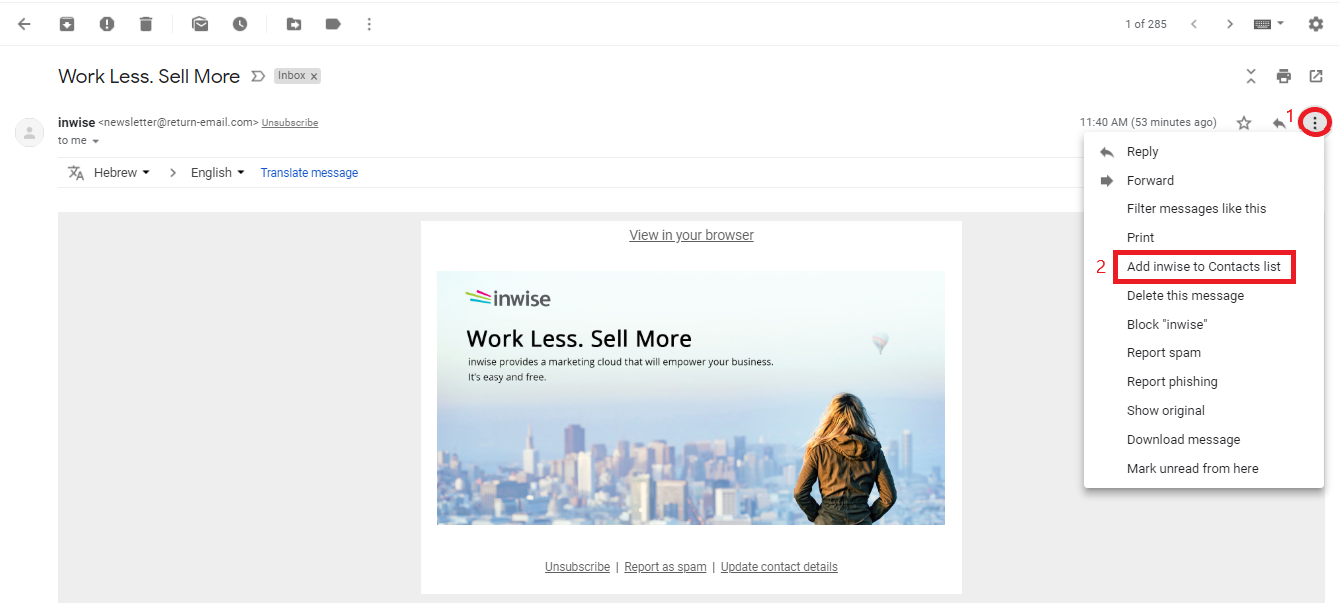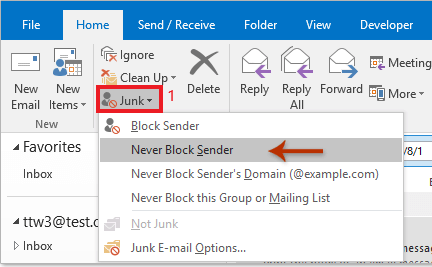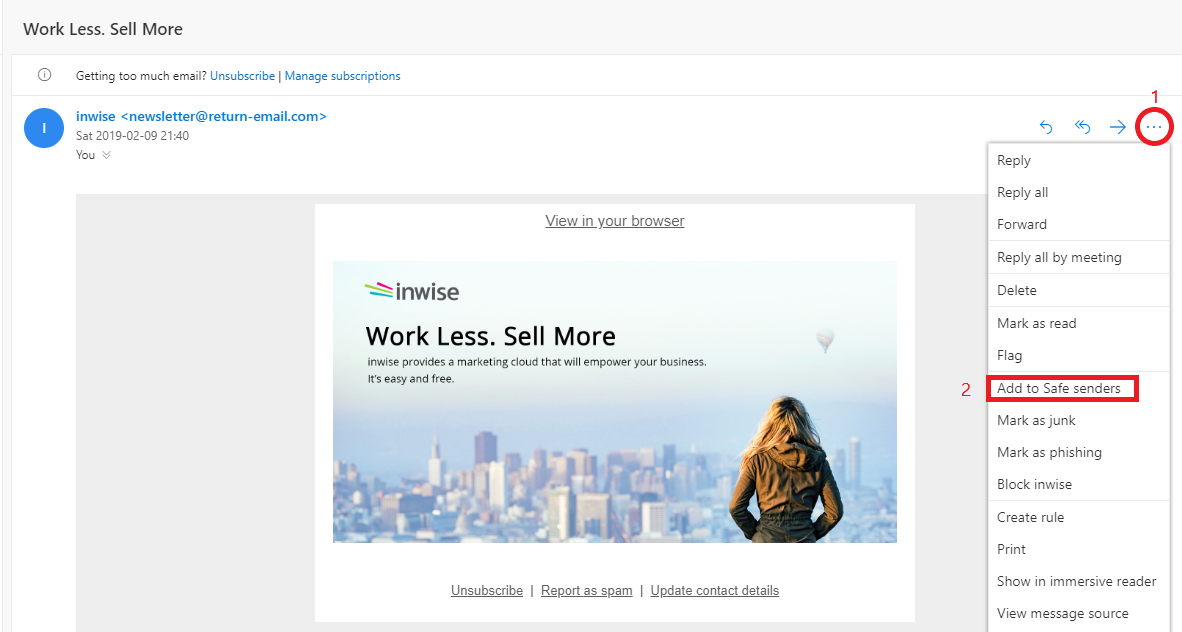CUSTOMER JOURNEYS IN SALESFORCE
The whole idea behind a CRM system is to understand the customer effectively throughout the process and manage him accordingly to ensure maximum customer satisfaction.
Sometimes when there’s a drop in customer retention, companies wonder what went wrong when they thought they handled their customer relations well using their CRM. This is where the power of customer journeys comes in. Customer journeys are the building blocks of a good CRM system.

Customer journeys are the process of managing the touchpoints and milestones for a customer throughout the lifecycle. Customer Journey, in simple words, can be defined as all the interactions that a customer goes through with your company’s brands, products, and services across the channels throughout the customer lifecycle.
A few benefits of adopting customer journeys:
- It helps in providing a personalized experience to customers throughout the interactions.
- Provides a 360-degree view of customers to the sales and support teams
- Presents opportunities to keep the user engaged throughout the lifecycle.
Salesforce being one of the best CRM’s of the world provides excellent capabilities to create and execute customer journeys. Not only in marketing but across the whole customer lifecycle, Salesforce provides capabilities to record all interactions, gather more information about the customer with each interaction, add relevant insights based on the data and provide a 360º view of the customer to your sales and other teams. At different stages of the customer lifecycle, Salesforce provides various modules to drive customer journeys.
A few processes where customer journeys can be implemented:
Marketing/Campaign Management
Salesforce supports customer journeys during this initial engagement stage where we plan to make customers aware of our company and enable them to engage. Salesforce tools like process builder and campaign management support in designing customer journeys. All the basic information of the customer is captured in this process and a Lead is created.
Example: A standard marketing journey would include a landing page to capture lead information and more importantly get ‘market consent’ from the lead to send promotional offers in the future. This page can be made accessible to customers visiting stores via QR code or can also be used in different promotional events the company conducts.
Lead Management
This process is usually supported by multiple modules of Salesforce. During this process, all the additional details of the customers are captured along with the interactions done with the customers. In terms of the customer journey, multiple touchpoints supporting Lead nurturing and opportunity creation are covered in this stage with the help of tools like process builder, journey builder, and others.
Opportunity to Order Management
This process of customer engagement is usually supported by Sales Cloud and Salesforce CPQ where with the help of multiple interactions with customers, his requirements are captured and in the end, an order is generated.

Post Sales Service
Once a sale gets completed, then comes a critical portion where you need to satisfy the customer on his queries along with looking for cross-selling opportunities. In such scenarios, Salesforce Service Cloud provides a 360 view of the customer to the agents providing them the ability to resolve customer issues in minimum time. This 360 view is supported by the data gathered throughout the customer journey by other modules and hence also provides cross-selling opportunities. There are opportunities for engaging customers post-sales via different journeys like re-engagement journey, reactivation journey and others.

Customer Journeys are hence an important aspect of customer engagement as they provide you the opportunity to track the interactions happening and help to define an optimized experience for the customer and Salesforce supports customer journeys throughout the customer lifecycle.








